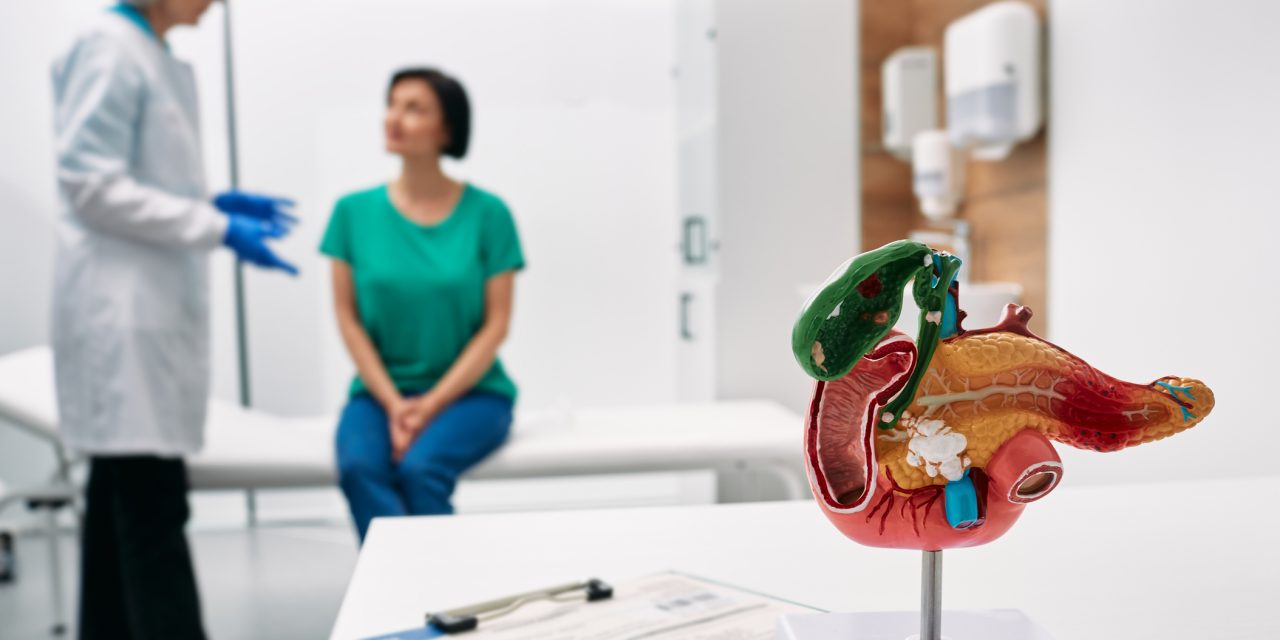Acromegaly can compromise bone integrity, increasing the likelihood of vertebral fractures (VFs). The purpose of this study was to see how isolated GH/IGF-I hypersecretion affected bone turnover indicators, Wnt inhibitors, bone mineral density (BMD), microarchitecture, bone strength, and vertebral fractures in female acromegaly (Acro) patients compared to a healthy control group (HC). A cross-sectional examination of 83 premenopausal women with no pituitary deficiency: 18 with remission acromegaly (AcroR), 12 with active acromegaly (AcroA), and 53 with hypogonadotropic cardiomyopathy (HC). Blood samples were tested for serum procollagen type 1 N-terminal propeptide, -carboxy-terminal cross-linked telopeptide of type 1 collagen, osteocalcin, sclerostin, and DKK1. Simultaneous dual-energy X-ray absorptiometry, high-resolution peripheral quantitative computed tomography (HR-pQCT), and spinal fracture assessment were also performed. When compared to HC, AcroA had substantially reduced sclerostin and greater DKK1. Acro exhibited trabecular damage, increased cortical porosity, and increased cortical area and cortical thickness on HR-pQCT of the tibia and radius compared to HC. The only significant association discovered with HR-pQCT parameters was a positive correlation between cortical porosity and serum DKK1. Mild VFs were seen in roughly 30% of individuals.
Eugonadal women with acromegaly but no pituitary insufficiency had higher cortical BMD, trabecular bone microstructure deterioration, and increased VF. Sclerostin was not associated with any HR-pQCT parameters; however, DKK1 was associated with cortical porosity in the tibia. More research is needed to determine the function of Wnt inhibitors in the deterioration of bone microarchitecture in acromegaly.
Reference: https://academic.oup.com/jcem/article-abstract/106/9/2690/6237511?redirectedFrom=fulltext


